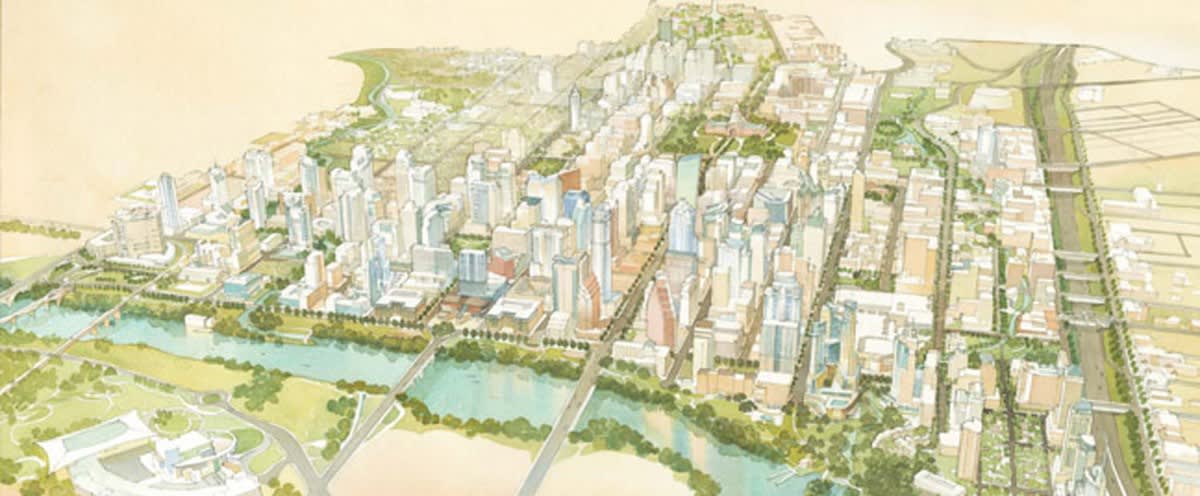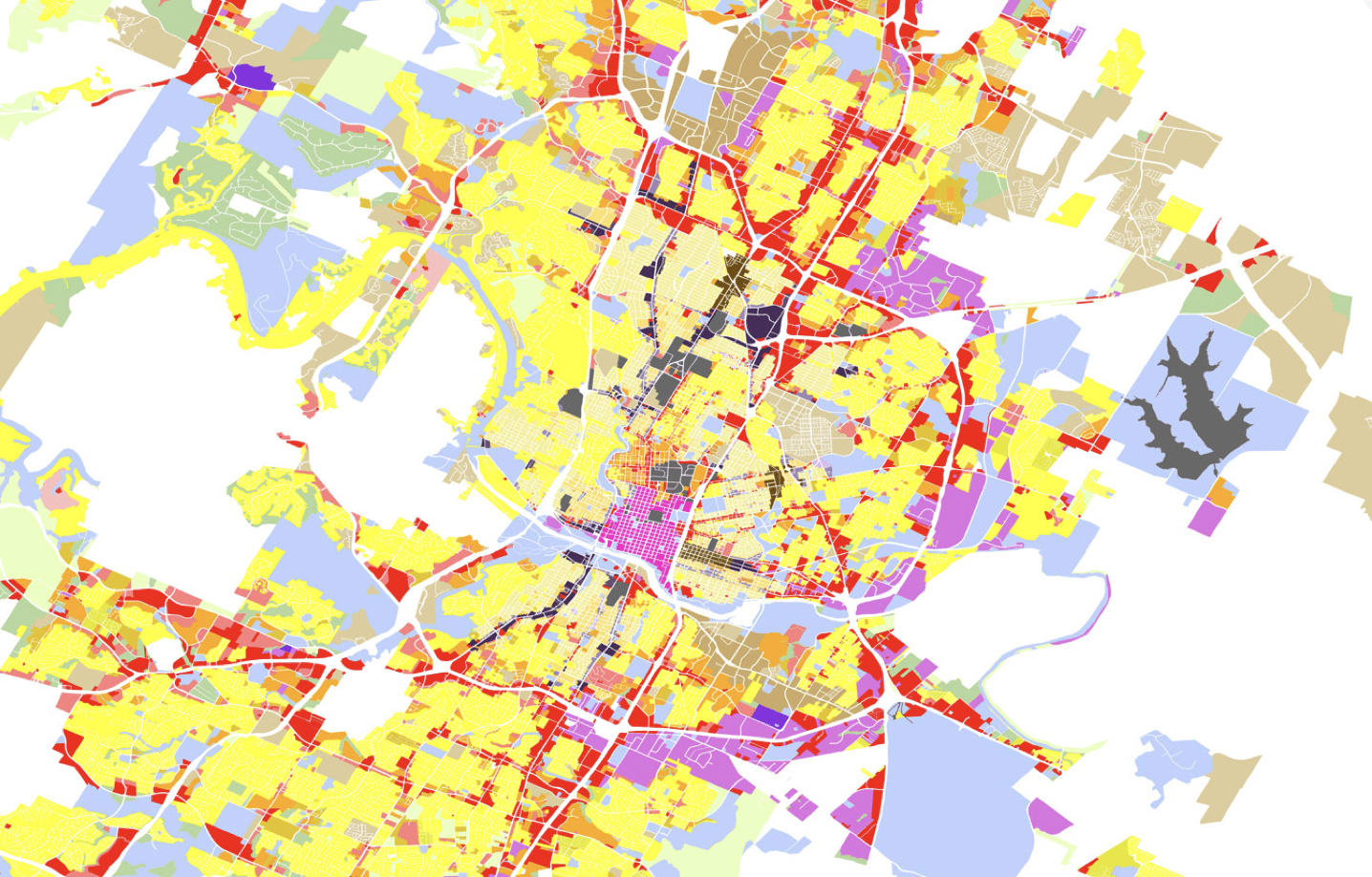Zoning Rules in Austin
If you are interested in real estate property, you must understand the zoning code of the particular area of interest. It serves to know which country or state that you are in. Why? Because it will be easier to dictate property’s value, design for compatible use, and create better construction and rural planning and organization.
However, that’s not the only information that you should consider. Zoning will determine the size of your building and the type of use. Here are some of the rules you should be aware of.
Understand Zoning Districts
Each property in the City of Austin is categorized according to use or location. Generally, there are about 39 base zoning districts. There are four different categories: residential, industrial, commercial, and special purposes.
Residential zones are designed chiefly for lake houses, single-family houses, and multi-family properties. Industrial zones are for manufacturing, research, and development and are relatively compatible. Commercial zones have a more comprehensive range of permitted commercial uses. Lastly, special-purpose sites are simply rare to see and include development like Airports and public areas.
Understand the Three Main Principles of Zoning
First, there is the principle of allowed use, which means that a type of property can be built in a particular zone. This also means that it can be permitted, with no review by the City, conditional- approved by the City Council, or restricted.
The second principle is site development standards. This means that it will affect the size and required landscaping. A good example is the height restrictions on industrial buildings or commercial buildings within the Central Business District.
Also, the Floor to Area ratio is factored in. The higher the FAR, the denser a building will be. The result will be the production of a bigger rentable space. This is usually applied to urban areas with a higher population.
The last component of zoning is based on the power of geography. The location of a building or property will determine which type of zoning will be applied to it. You should know that all property within the City of Austin falls under the city’s development. This means that the land use codes are restrictive and approvals for land use are tight. This is crucial information to any buyer, seller, or developer.
Understand Zoning Procedures
To further understand the zoning rules and have a deeper grasp of zoning. It’s clear that zoning is a set of rules, and people create them. These people and institutions include the Council, Land Use Commission, Record Owner, the Historic Land Mark commission, and a petition by most homeowners.
All these people and institutions have to be consulted to develop viable zoning rules. This ensures that zoning rules are compatible and acceptable by society.
For example, one of the rules is that the boundaries of the districts proposed in a zoning or rezoning application must be contiguous. This means that they should have a common border or be touching each other. Zoning rules cannot be passed through when such qualifications are exempted from the application.
Conclusion
If you are looking for a property in Austin, then you can turn to us. Our services will simplify zoning rules to the specific properties you are interested in.

